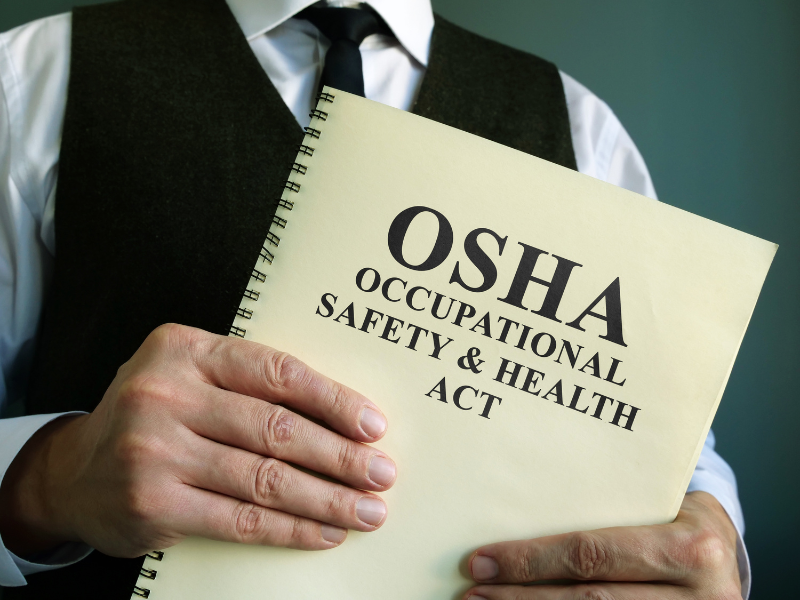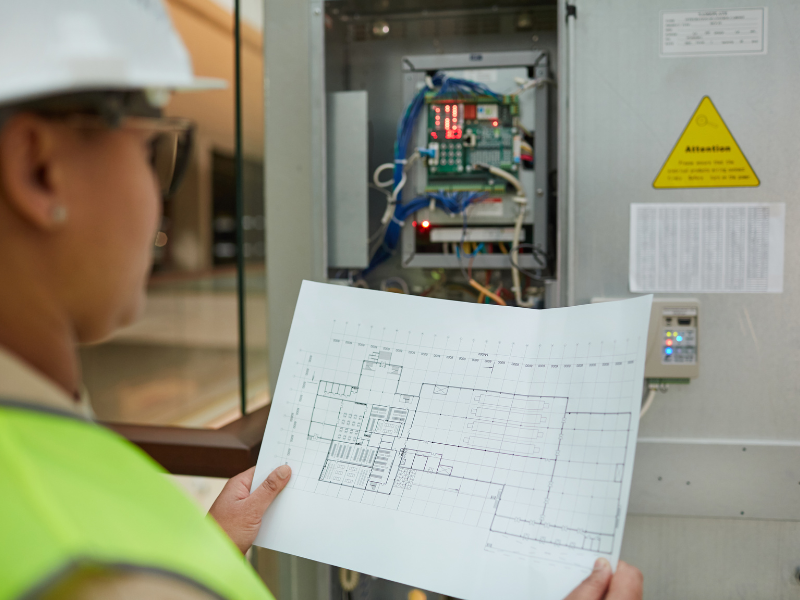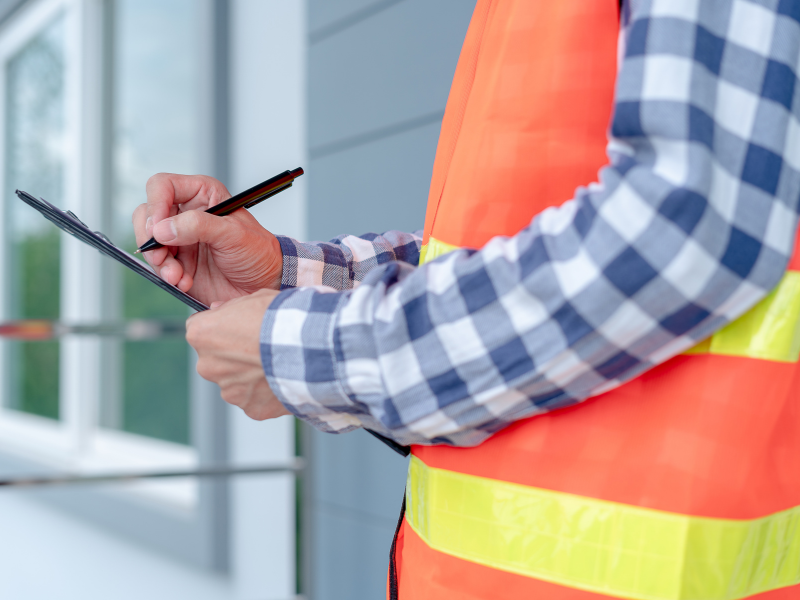The Occupational Safety and Health Administration (OSHA) conducts regular inspections to ensure employers provide employees with a safe and healthy working environment. Knowing what to expect during an OSHA inspection can help you prepare and address potential issues before they become serious violations that could result in fines and penalties.
Table of Contents

What Are OSHA Inspections?
An OSHA inspection can be a surprise (random) or a recurring visit during a particular time. Dedicated compliance and safety officers visit a company’s premises to check if they follow health and safety standards.
They aim to minimize workplace hazards by pointing out potential hazards and suggesting best practices to avoid danger. OSHA inspectors are highly trained industrial hygienists, so they know what you need to keep the workplace safe.
Because of limited resources and capabilities, OSHA inspectors prioritize the following when making inspections:
- Workplaces that show imminent danger
- Incidents involving employee injuries, illnesses, death, or catastrophes
- Complaints received from workers
- Referrals from federal, state, or local agencies
- Target industry inspections
- Follow-up inspections
They also consider the industry size, employee population, and history of past violations. Looking at these factors helps inspectors know which workplaces to inspect first. Your chances of getting a randomized OSHA inspection are low if you don’t fall within those categories.

What to Expect During an Osha Inspection Process?
There are several stages to an OSHA inspection, and each checkup can take a few hours to several weeks, depending on different factors.
Here’s what happens during OSHA inspection:
Stage 1: OSHA Prepares
OSHA inspectors review your worksite’s inspection history, the operations in use, and any applicable OSHA standards. They’ll also prepare any protective equipment and testing instruments they’ll use during the inspection.
Stage 2: Presentation of OSHA Credentials
When the OSHA inspector arrives at your workplace, they’ll present their credentials. You can also request them to provide it first, and they should happily oblige. For further verification, you can always confirm their identity with OSHA.
You can also demand a search warrant and refuse entry if the inspectors don’t have it. You’ll get extra time to prepare while they’re getting the warrant, but you may also be deemed uncooperative and alienate the inspector, leading to a harsher assessment.
Stage 3: Opening Conference
At this point, the OSHA inspector explains why your workplace is being inspected and discusses the scope of the inspection and walkaround procedures. They’ll discuss the process for employee interviews, which can be conducted privately or in the presence of their managers.
You should also provide your company’s OSHA Form 300 Log of Injuries and Illnesses, company hazard assessment records, and other OSHA-required documents if requested. It’s also best to have an employee representative present during this stage.
Stage 4: Walkaround
The OSHA inspectors, employees, and company representatives will walk around and inspect the work areas for safety or health hazards. They may check zones not included in the complaint, but they must keep any trade secrets they observe as confidential.
The inspectors can also take photos, videos, or samples to support their findings, but their inspection shouldn’t interrupt any ongoing operations.
Inspectors can point out any violations that require immediate correction. Acting promptly on these hazards is a sign of good faith and can reduce potential penalties.
They may also interview employees during the walkaround process.
Stage 5: Closing Conference
Once the inspection is over, the inspectors will discuss their findings and share details of any violations. They’ll also issue proposed penalties and discuss possible courses of action after the formal inspection.
During the discussions, you can negotiate a timeline for when you can implement corrective actions and show records of past compliance efforts to support your proposal.
After the inspection is complete, the inspector will forward their decisions and proposed penalties to the OSHA area director, who will later contact you. Citations are issued within six months of the inspection, and you can contest them within 15 working days of the issuance.

5 OSHA Inspection Categories
There are several types of OSHA inspection depending on its purpose and focus.
1. Imminent danger inspections
The OSHA considers a workplace in imminent danger when the work environment is dangerous enough to harm or kill someone physically. This is a top priority, and the OSHA will immediately request that the employer remove the source of danger.
They can advise employees to refuse work in a dangerous environment if the employer fails to remove the danger. However, keep in mind that this situation is reserved for severe dangers like a poisonous gas leak or a machine malfunction.
2. Investigative inspections
When a violation occurs without any apparent cause, inspectors will interview employees and review documents to determine the cause of the incident. They will thoroughly investigate what happened before making conclusions and issuing penalties. These inspections usually occur when the OSHA receives an anonymous tip about a workplace hazard.
3. Fatality and accident inspections
When a death happens in the workplace, or an employee becomes seriously ill, the OSHA steps in to investigate the cause of the incident. They will determine why the accident happened to prevent similar incidents in the future. They’ll check what violations directly or indirectly caused the accident and propose penalties.
4. Programmed inspections
OSHA conducts planned inspections to monitor if workplaces regularly comply with safety standards. These proactive measures happen on a set schedule and may trigger a further investigation if they find any violations.
5. Follow-up inspections
After an investigation, OSHA conducts follow-up inspections to check if the employer successfully performed the required corrective actions. They will also check if the workplace is consistently following safety regulations. Failing to fix any previous violations can result in additional fines. The OSHA may also enforce heavier penalties.
Preparation Is Key
The OSHA is your partner in creating a safe and healthy workplace that enhances employee productivity and boosts your business. Your preparedness to comply with its regulations will not only help keep your workers safe. It will also steer your company clear of potential legal headaches.







